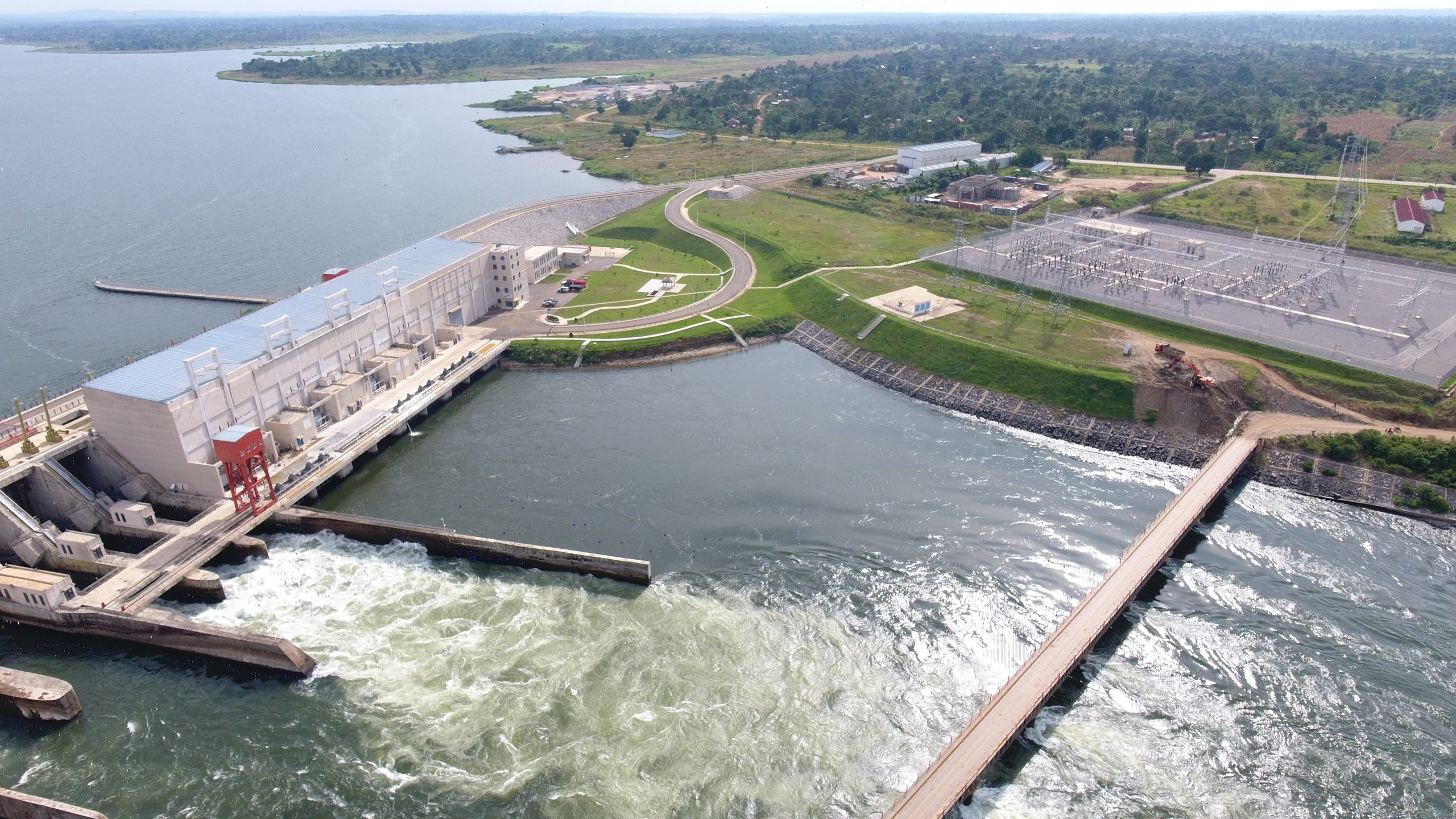The Uganda Committee on Large Dams (UCOLD) today announced the implementation of comprehensive new dam safety guidelines that will set the standard for major infrastructure projects across the nation. These groundbreaking guidelines represent a significant milestone in Uganda's commitment to maintaining world-class safety standards in dam construction and operation.
The new guidelines, developed in collaboration with the International Commission on Large Dams (ICOLD) and leading international experts, address critical aspects of dam safety including structural integrity assessments, emergency preparedness protocols, and environmental impact mitigation strategies. This comprehensive framework will ensure that Uganda's growing portfolio of large dam projects meets the highest international safety standards.
Key Features of the New Guidelines
The updated safety guidelines introduce several revolutionary approaches to dam safety management. Advanced monitoring systems will now be mandatory for all major dam installations, incorporating real-time data collection and automated alert systems. These technological improvements will enable rapid response to any potential safety concerns, significantly reducing risks to downstream communities and infrastructure.
Enhanced Safety Measures Include:
• Mandatory installation of advanced seismic monitoring equipment
• Implementation of AI-driven predictive maintenance systems
• Establishment of 24/7 monitoring control centers
• Regular third-party safety audits by international experts
• Comprehensive emergency evacuation protocols
Dr. Sarah Nakimuli, UCOLD's Technical Director, emphasized the importance of these new standards: "These guidelines represent the culmination of years of research and collaboration with international partners. We are not just meeting global standards; we are setting new benchmarks for dam safety in the East African region."
Impact on Current and Future Projects
The implementation of these guidelines will have immediate implications for Uganda's major hydroelectric projects, including the ongoing operations at Karuma and Isimba dams. All existing facilities will undergo comprehensive safety assessments within the next 18 months, with any necessary upgrades prioritized based on risk assessment outcomes.
For future projects, including the proposed Ayago Dam development, these guidelines will be integrated from the initial planning stages. This proactive approach ensures that safety considerations are embedded throughout the entire project lifecycle, from conception to decommissioning.
The economic implications are equally significant, with the new guidelines expected to attract increased international investment in Uganda's hydropower sector. The enhanced safety standards provide greater confidence to international lenders and development partners, potentially accelerating the timeline for future dam projects.





